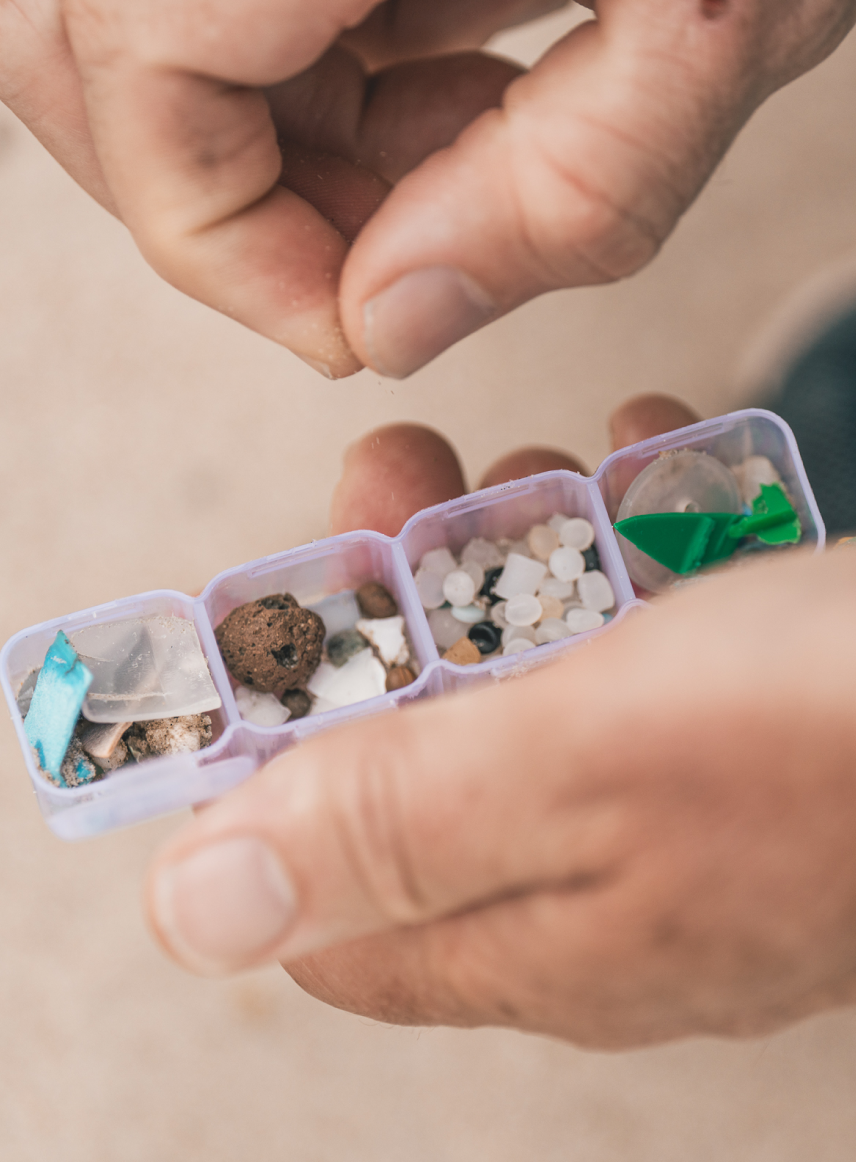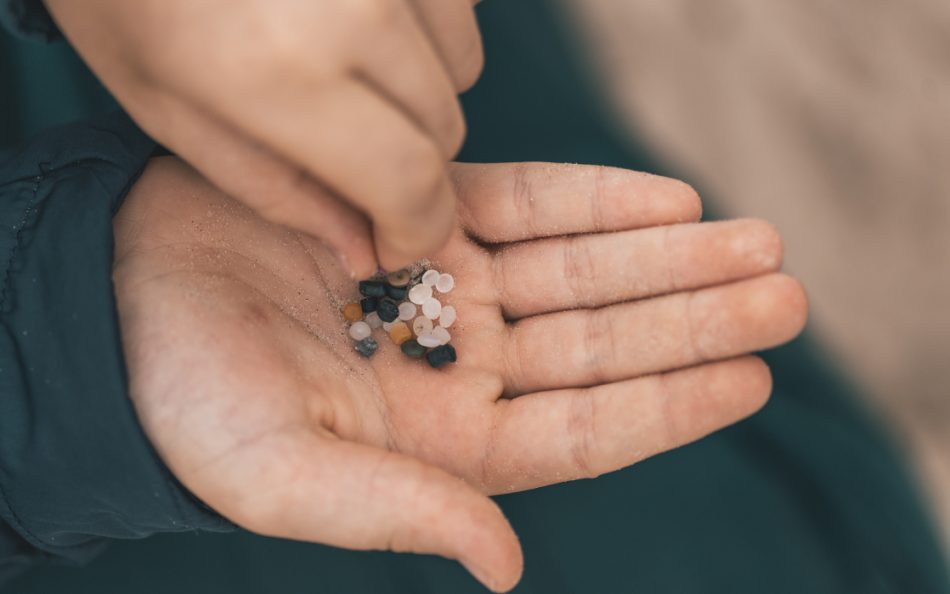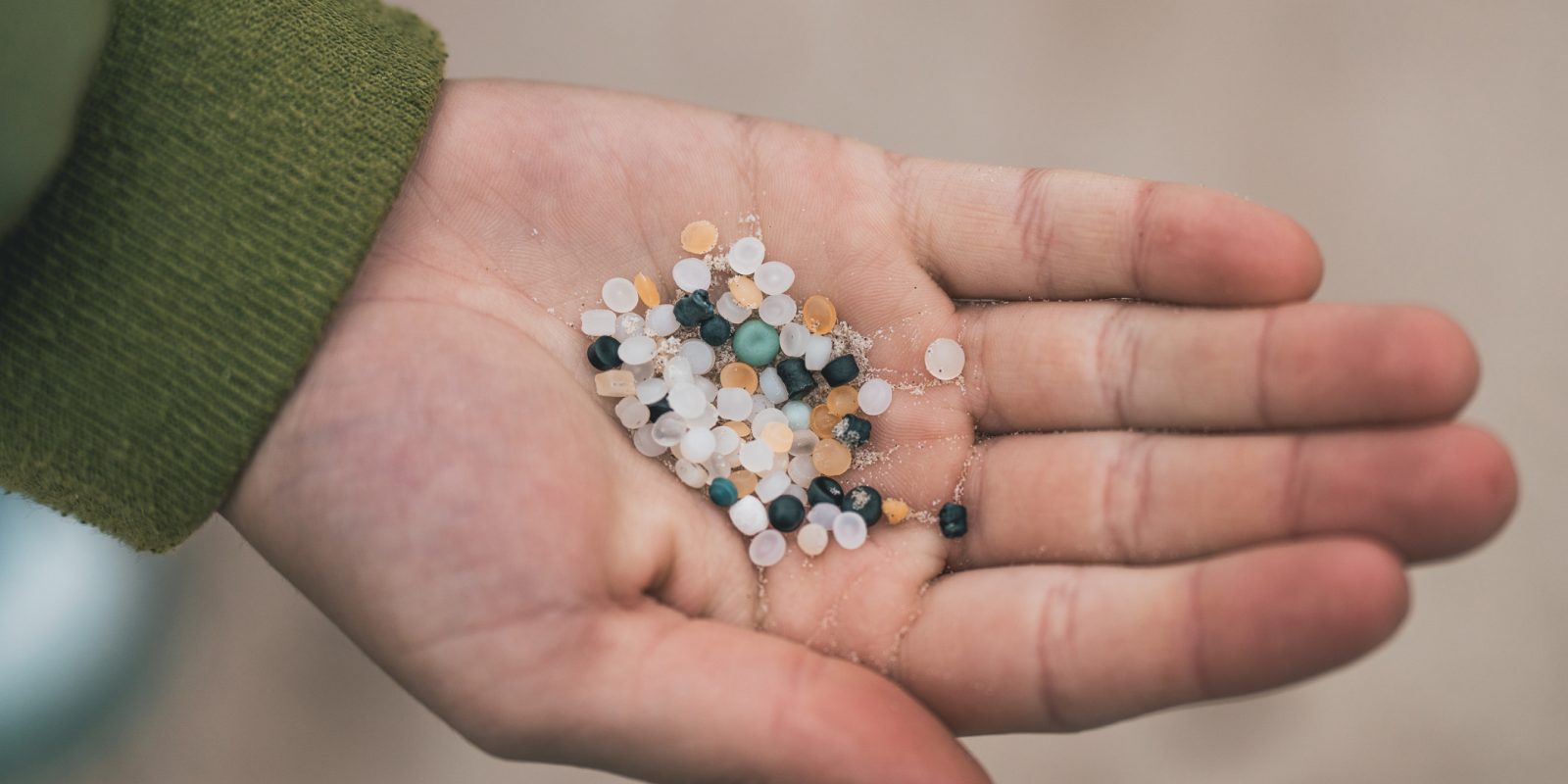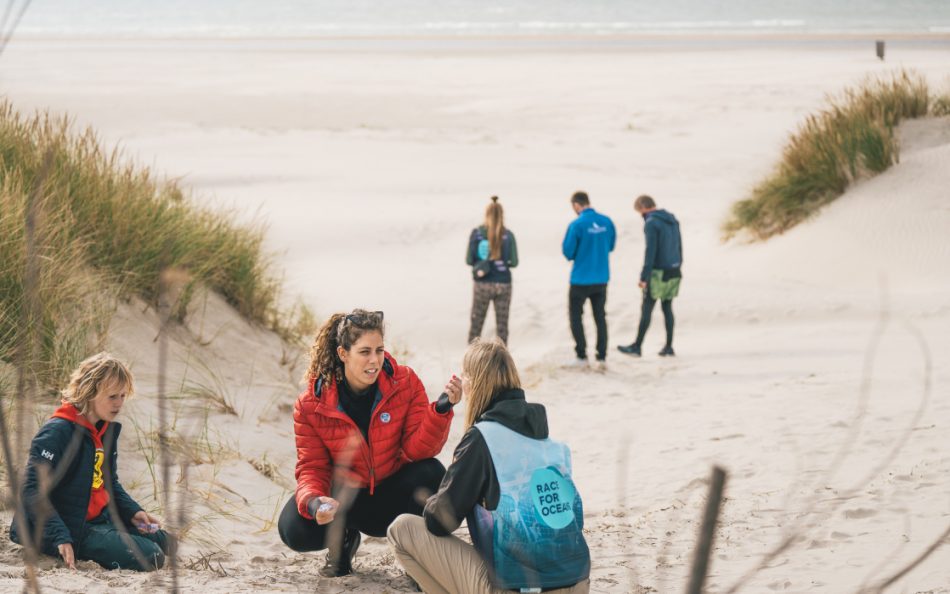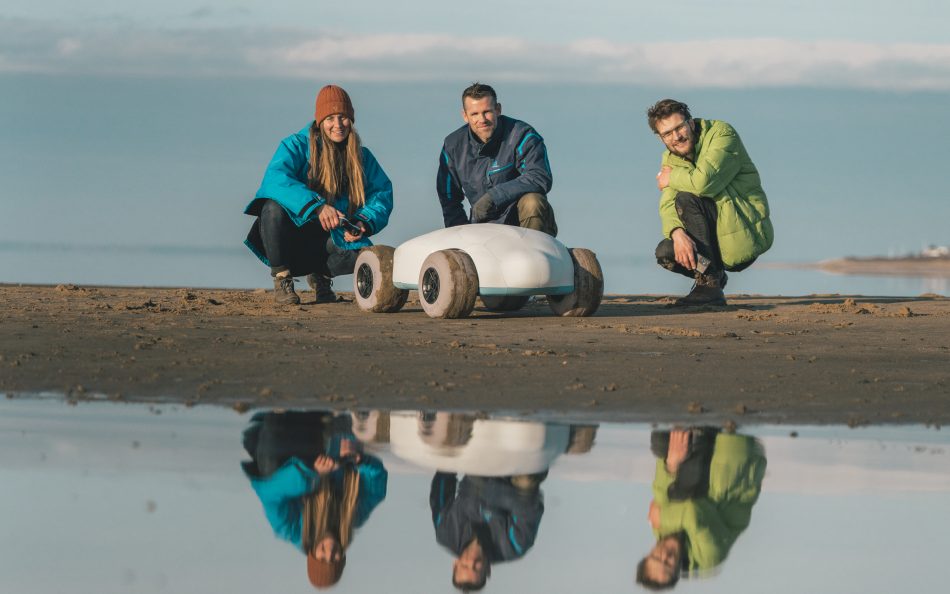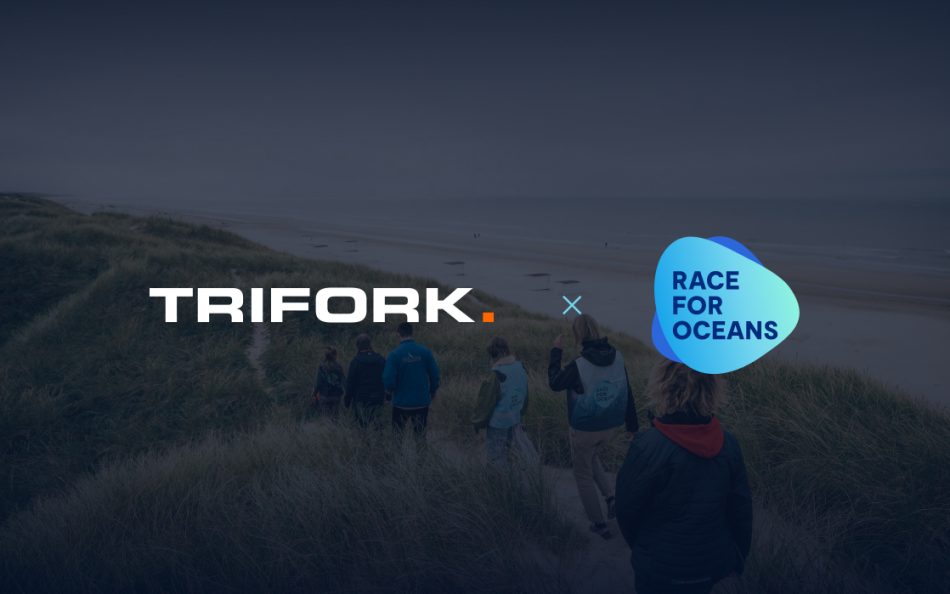Signe Simonsen
Founder & CEO of Race for Oceans Foundation & Race for Oceans Technology ApS
Signe is known for her unstoppable drive to put more focus on SDG 14 – Life below water and create inclusive activities for everyone with passion for oceans. (Her international experience from elite sports combined with a hybrid leadership profile has contributed to the development of Race for Oceans).